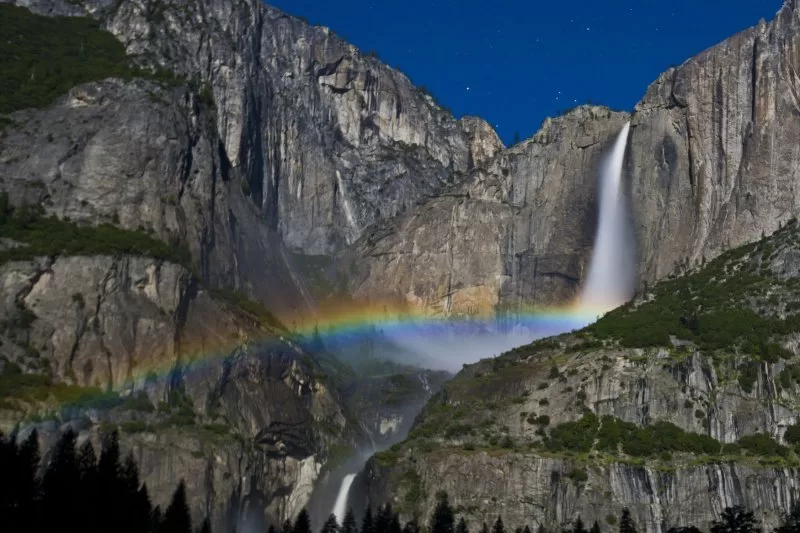Aug. 26 (UPI) — The National Park Foundation said on Monday it received its largest grant ever, a $100 million donation from the Lilly Endowment, to safeguard the future of national parks.
The NPF, the official nonprofit partner of the of the National Park Service, said the Lilly Endowment grant would “serve as a catalyst,” working with its partners to “scale and accelerate its impact.
The funds will create opportunities for youth and young adults to understand environmental stewardship and history along with conservation and wildlife, NPF said.
The funds will also address initiatives that will ensure the health and longevity of the ecosystems and the diverse species in the park system.
“The National Park Foundation is inspired by, and incredibly grateful for, this extraordinary gift from Lilly Endowment,” NPF President and CEO Will Shafroth said in a statement.
“For over 50 years, private philanthropy has played a vital role in bridging the gap between park needs and available funding. This grant will allow us to supercharge our efforts to ensure our national parks are for everyone, for generations to come.”
The foundation said the Lilly Endowment funds will also be used for purchasing new technology to help enhance the visitor experience and develop a more comprehensive and inclusive historical narrative.
“Our founders were inspired by the beauty and wonders of the natural world and supportive of research and educational programs about archaeology and the cultural history of our nation,” N. Clay Robbins, the Lilly Endowment chair and CEO said in a statement.
“We believe the National Park Foundation’s campaign will enhance the programming in and promote the future vibrancy of our country’s marvelous system of parks, monuments, and historic sites.”
